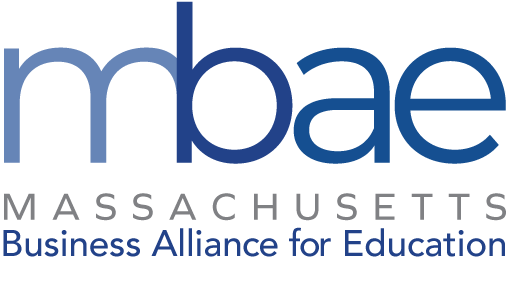We are starting yet another school year with COVID threatening to disrupt student learning and requiring that we adapt to meet student needs to ensure they don’t fall further behind. School districts’ contracts with teachers help shape our K-12 system’s response to the pandemic because they lay out teacher working conditions and allow or prohibit practices that define how teachers do their jobs.
An MBAE analysis of 2020/2021 Memoranda of Understanding (MOU) negotiated between school districts and teachers’ unions during the pandemic shows that they generally maintained as much normalcy as possible in work rules. The MOUs we examined, by and large, did not include broader changes to policy or practice that could have supported providing the best possible experience for students.
As we enter a period of continued uncertainty and rapidly changing developments, labor negotiations for the coming school year must consider the flexibilities and changes necessary to best meet student needs. Student interests in these negotiations should be foremost.
Background
Many Massachusetts school districts and teachers’ unions negotiated memoranda of understanding to adapt to school disruptions and guide learning during the pandemic. These documents made formal amendments to existing collective bargaining agreements (CBAs), which are documents that set commitments and restrictions related to how teachers are deployed, assigned, compensated, evaluated and utilized in performance of their responsibilities. MBAE examined MOUs in 13 Massachusetts public school districts with a focus on how MOUs shifted and adapted CBAs, when necessary, to respond to the COVID-19 pandemic.
Findings
Our analysis finds that MOUs focused mainly on maintaining as much normalcy in work rules as possible rather than anticipating or seeking to address the challenges remote and hybrid learning presented for students. While districts and unions made many changes to better serve students that were not codified in MOUs, because they set rules for how educators do their jobs, MOUs are an important aspect of school districts’ approaches to meeting student needs. In general, the MOUs we examined were not leveraged to enact significant changes to help schools adapt to meeting student needs in a remote or hybrid environment.
Implications for Student Learning Recovery
The second part of our report pivots to a discussion of the implications of our findings for services to students in the coming years. Many students will require enhanced social, emotional, and academic supports. We examine five strategies for supporting student recovery frequently cited by education experts and find that implementation of some of these will likely require significant amendments to CBAs, and that all strategies potentially involve some need for greater flexibility.
As we move into the 2021–2022 school year, readopting the prior year’s MOUs will likely not provide an adequate template for serving students in need of additional supports. If operational normalcy was insufficient to preserve equity during the pandemic, there is little reason to believe it will be sufficient to address the pandemic’s inequities.



